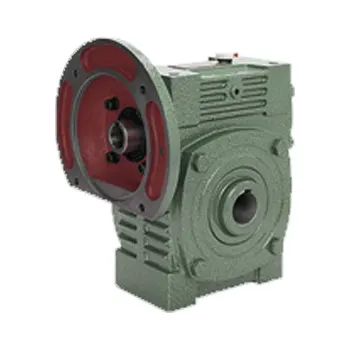Worm Gearbox for Ventilation Systems
Introduction: The Basics and Role of Worm Gearboxes
A worm gearbox, also known as a worm drive, is a type of speed reducer that features a worm (screw) that mates with a gear/wheel in order to transmit power. This mechanism is fundamental in various industrial and mechanical applications because of its ability to achieve high torque, control speed, and ensure the smooth operation of machines in a compact design.
The Working Principle of Worm Gear Reducers
The worm gear reducer operates through the engagement between the worm and the gear. The worm, which is similar to a screw, is in the driver's seat. When it turns, it pushes against the teeth of the gear, causing the gear to rotate. This mechanism allows for a large reduction ratio between the input (high speed, low torque) and the output (low speed, high torque), making worm gear reducers indispensable in many applications.
The Structure and Components of a Worm Gearbox
The Worm and the Gear
The worm and the gear are the two fundamental components of a worm gearbox. The worm, which is the driving component, mates with the gear to produce rotational movement. The worm can have one or more starts, which affects the gear ratio and the gearbox's speed and torque characteristics.
Input and Output Shafts
The input shaft is connected to the power source and rotates the worm. The output shaft is connected to the gear and transmits the reduced speed and increased torque to the machine or device being driven. The arrangement and design of the shafts influence the gearbox's operation and efficiency.
Why Worm Gearboxes are Suitable for Ventilation Systems
- High Torque: Ventilation systems require high torque to move air efficiently, which worm gearboxes can provide.
- Speed Control: The ability to control the speed of the fan is crucial in ventilation systems, and this can be achieved using a worm gearbox.
- Compact Design: Worm gearboxes are compact and can be easily integrated into ventilation systems without requiring a lot of space.
- Quiet Operation: Worm gearboxes operate silently, which is essential in maintaining a quiet environment, especially in residential ventilation systems.
- High Efficiency: Worm gearboxes are highly efficient, ensuring that ventilation systems operate at optimal levels.
Characteristics and Advantages of Worm Gear Motors
- High Reduction Ratios: Worm gear motors can achieve high reduction ratios, making them suitable for applications that require high torque and low speed, such as ventilation systems.
- Compact and Robust Design: Worm gear motors have a compact and robust design that can withstand demanding operating conditions.
- Self-Locking Capability: Some worm gear motors have a self-locking capability, which prevents the system from being back-driven, enhancing safety.
- Low Noise and Vibration: Worm gear motors operate with low noise and vibration, making them ideal for applications where noise reduction is critical.
- High Efficiency: Worm gear motors are highly efficient, ensuring that they perform optimally while consuming minimal power.
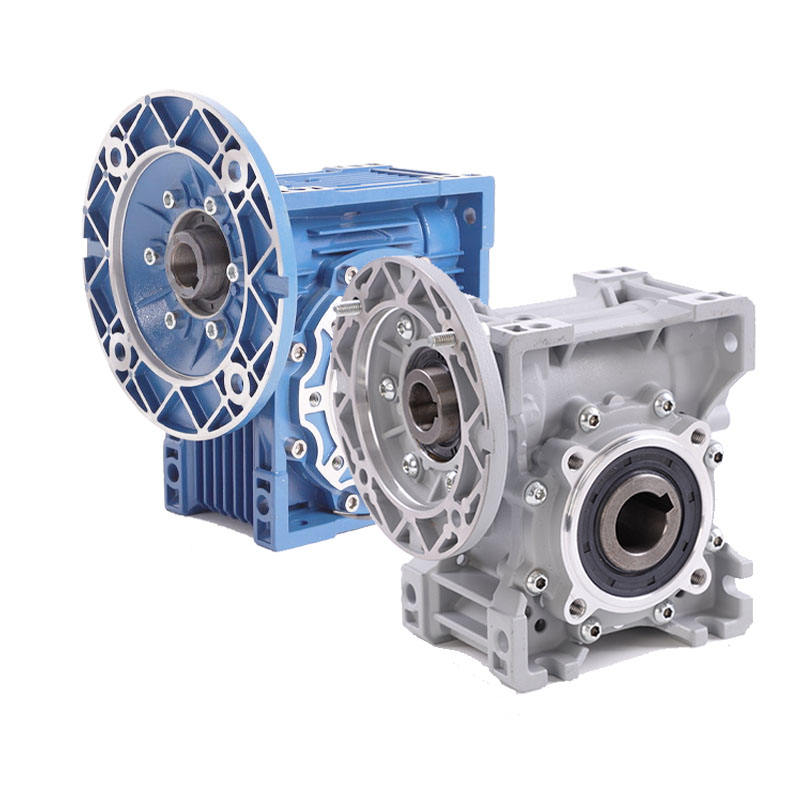
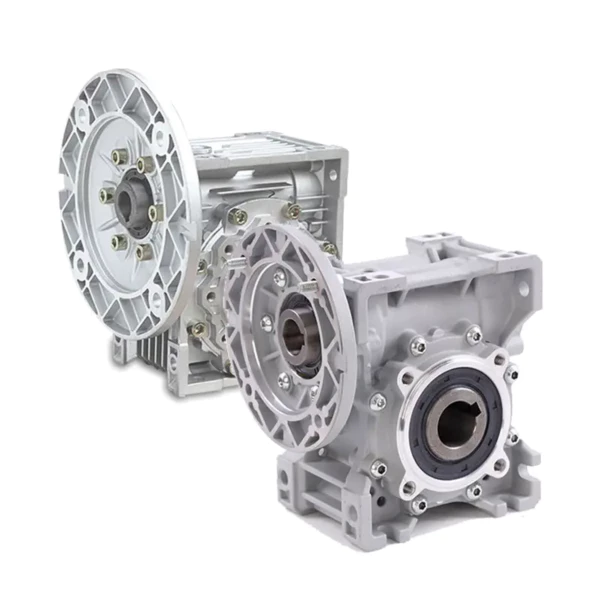
Choosing the Right Worm Reducer for Ventilation Systems
Selecting the appropriate worm reducer for ventilation systems involves considering several factors, including torque requirements, speed requirements, operating conditions, and space constraints. It's also essential to take into account the efficiency, noise level, and maintenance requirements of the worm reducer. Common selection criteria and methods include calculating the required torque and speed, checking the gearbox's technical specifications and performance curves, and consulting with the manufacturer or a knowledgeable expert.
Motors for Worm Gear Reducers
Electric motors are an integral part of worm gear reducers, providing the driving force that rotates the worm. The choice of motor affects the performance and efficiency of the worm gearbox. We also offer electric motors specifically designed to work with our worm gearboxes, ensuring optimal performance and compatibility.
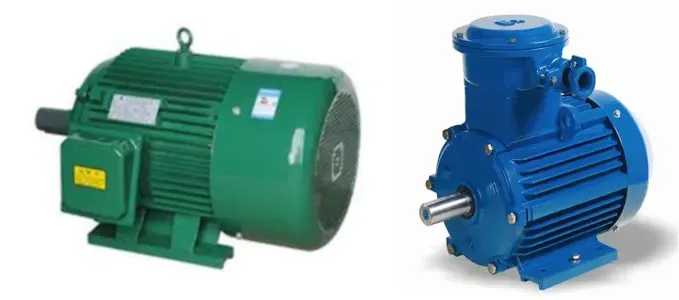
Our Worm Gearboxes: Quality, Service, and Competitive Pricing
We are a comprehensive transmission equipment manufacturer with over 15 years of experience in designing, producing, and selling gearboxes. Our products are used in various industries, including the ventilation industry, and are trusted by customers in Europe, America, Africa, Asia, and beyond.
Our worm gearboxes are known for their high quality, energy efficiency, and stability. With our advanced production equipment, testing equipment, and standardized production management methods, we ensure that every gearbox we produce meets the highest standards.
We provide excellent service, competitive pricing, and we're ready to help you find the right worm gearbox for your ventilation system. We encourage you to explore our products and contact us for your purchase.
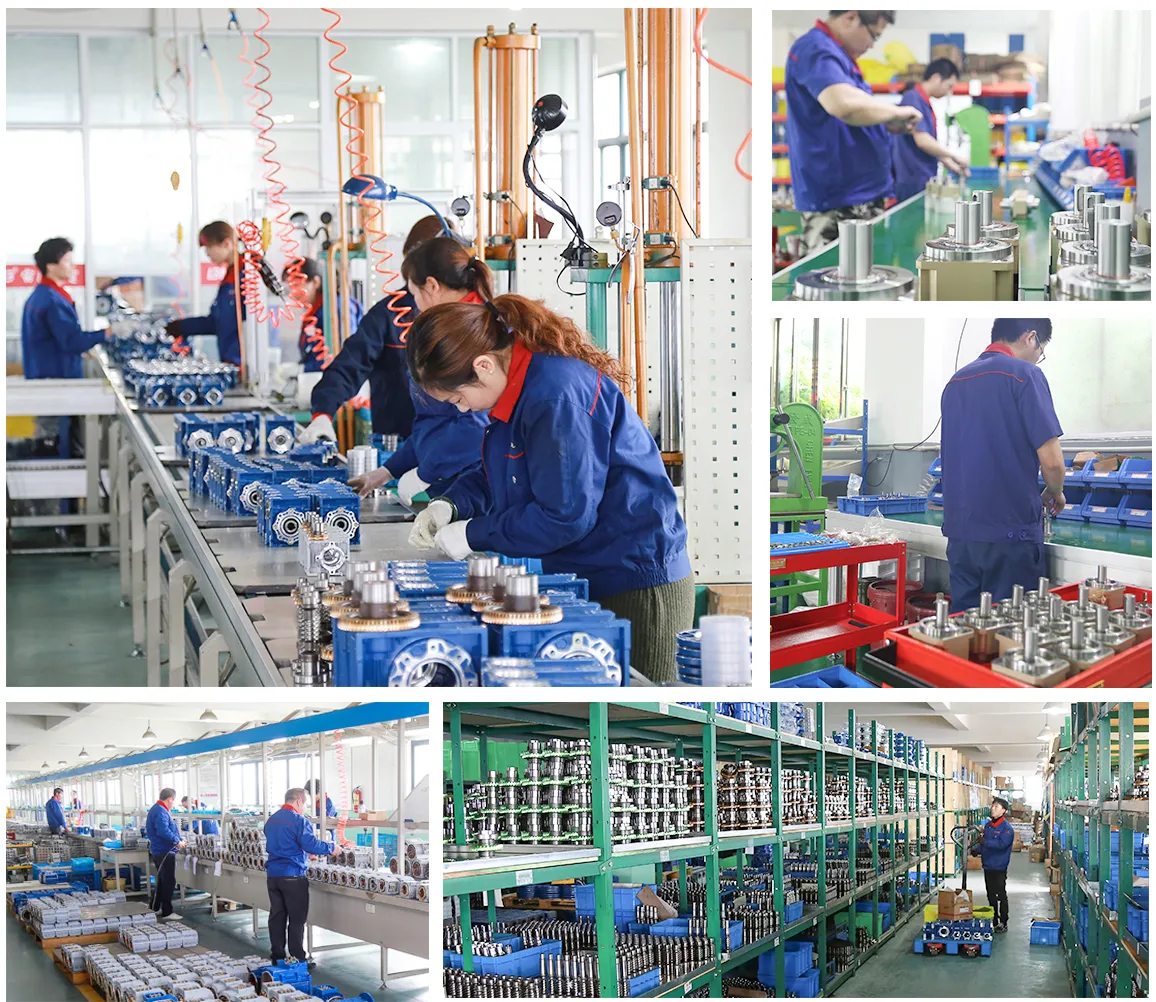
FAQs
Q1: What makes a worm gearbox suitable for a ventilation system?
A worm gearbox is suitable for a ventilation system because it provides high torque, speed control, compact design, quiet operation, and high efficiency – all critical requirements for efficient operation of ventilation systems.
Q2: What are some of the advantages of worm gear motors?
Worm gear motors offer several advantages, including high reduction ratios, compact and robust design, self-locking capability, low noise and vibration, and high efficiency.
Q3: How do I choose the right worm reducer for my ventilation system?
You can choose the right worm reducer by considering factors such as torque requirements, speed requirements, operating conditions, and space constraints. It's also essential to check the gearbox's technical specifications and performance curves, and consult with the manufacturer or an expert.
Edited by Zqq.
